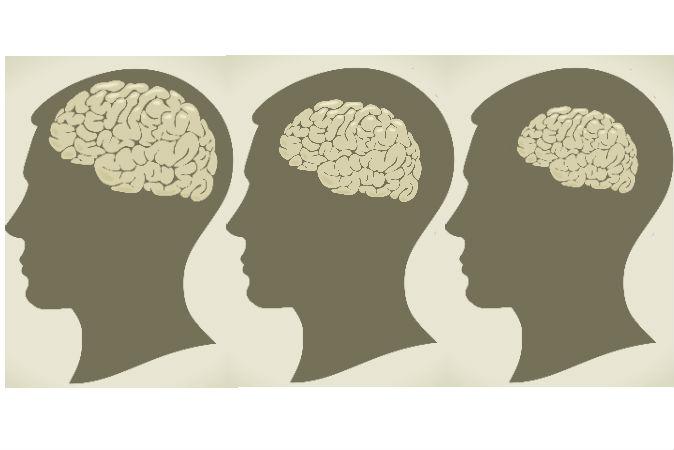Meditation isn’t just about being “zen” or something ideological. It has physical impacts on the brain and thus great potential in preventing diseases of the brain. Here’s a look at changes in the brain due to meditation as they’ve been observed in various studies over the years.
Stop Your Brain From Shrinking
Everyone experiences brain shrinkage as they age, sometimes starting as early as the age of 30 but usually after the age of 40. By the end of your life, the volume of your brain tissue will probably be close to that of a 7-year-old child. A higher rate of shrinkage can contribute to dementia, premature death, depression, risk of stroke, and more.Neuroscientist Richard Davidson tested the Dalai Lama’s most advanced monks, each with 15 to 40 years of meditation practice. In his 2004 study, he found meditation could prevent the loss of gray matter in the brain. The loss of gray matter has an impact on many mental functions, such as the control of emotions, impulses, thoughts, and movements.






